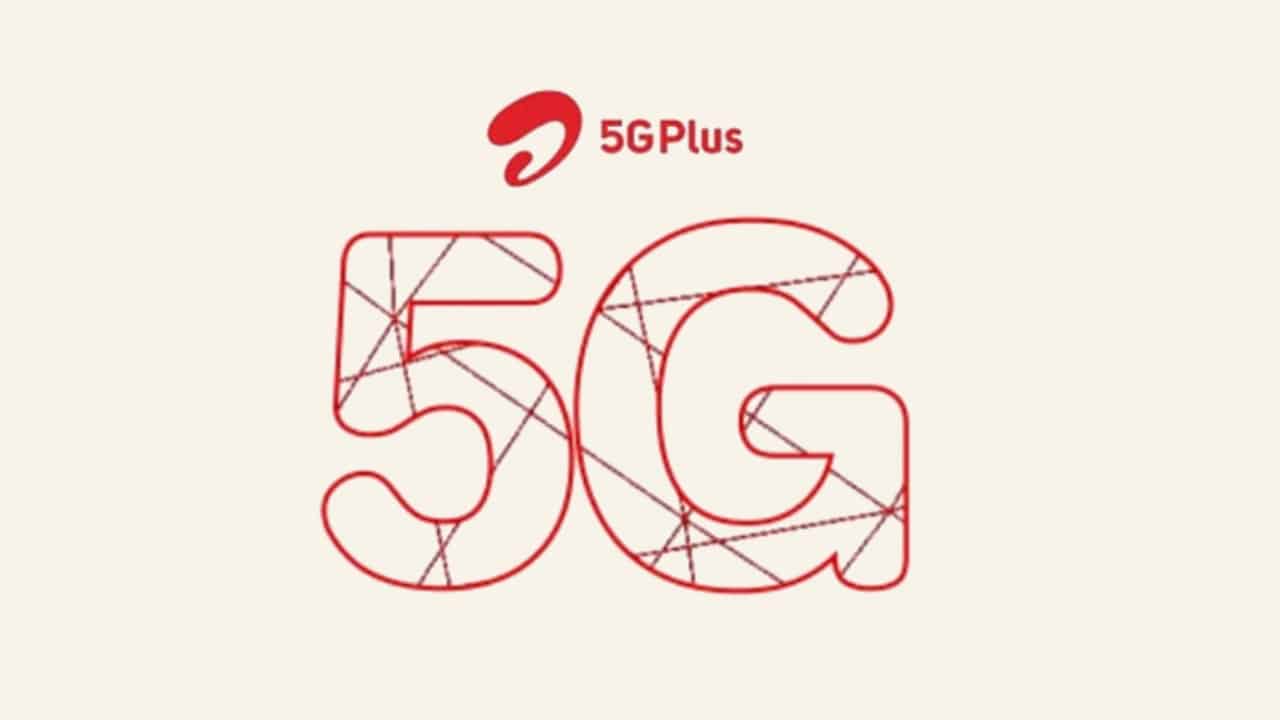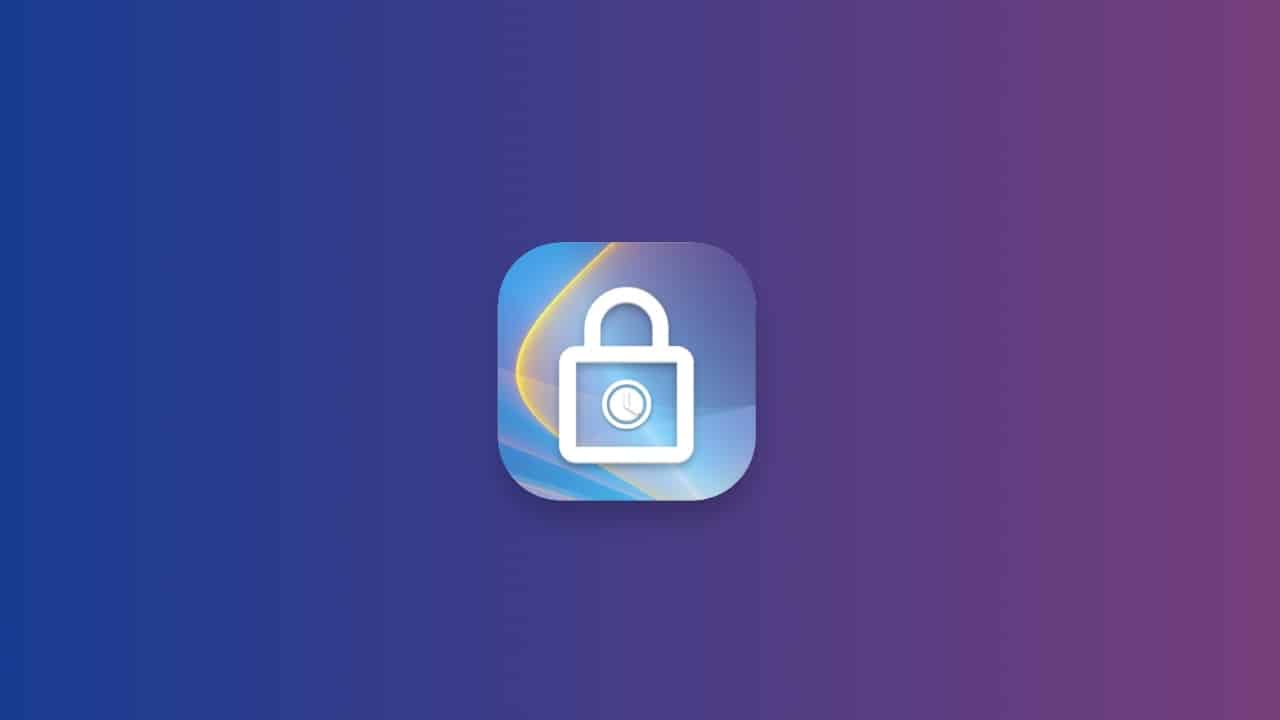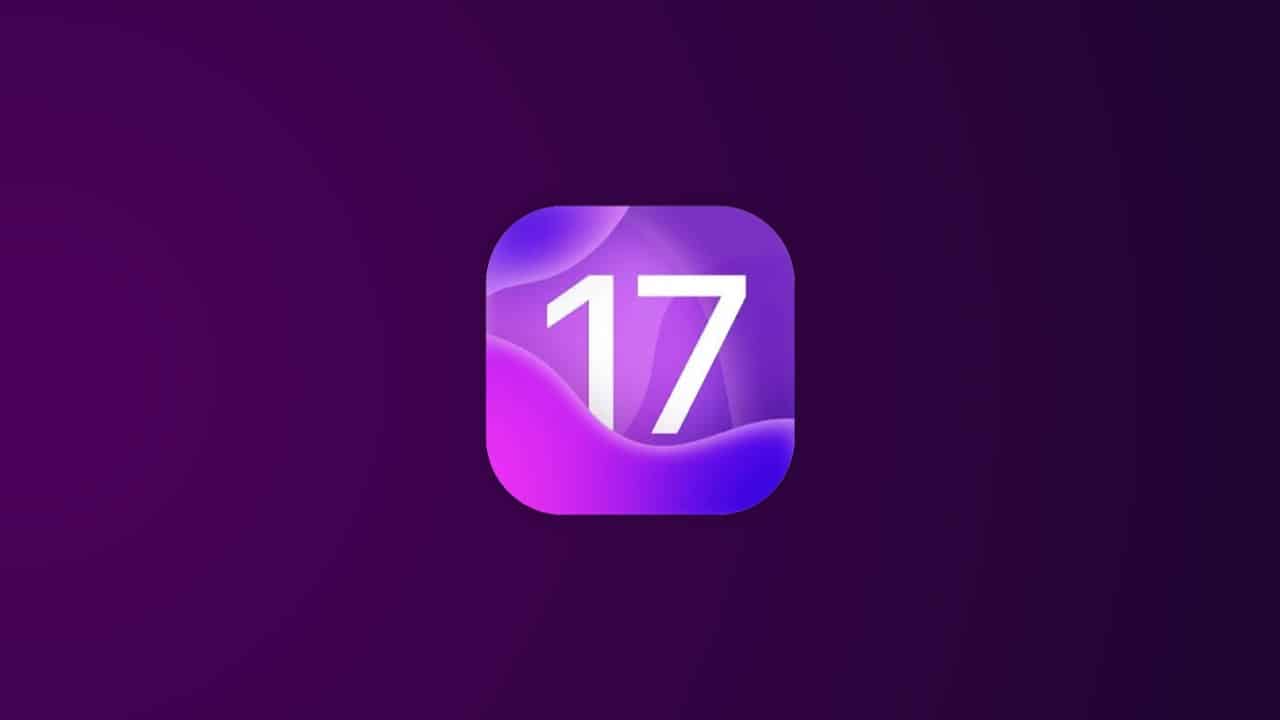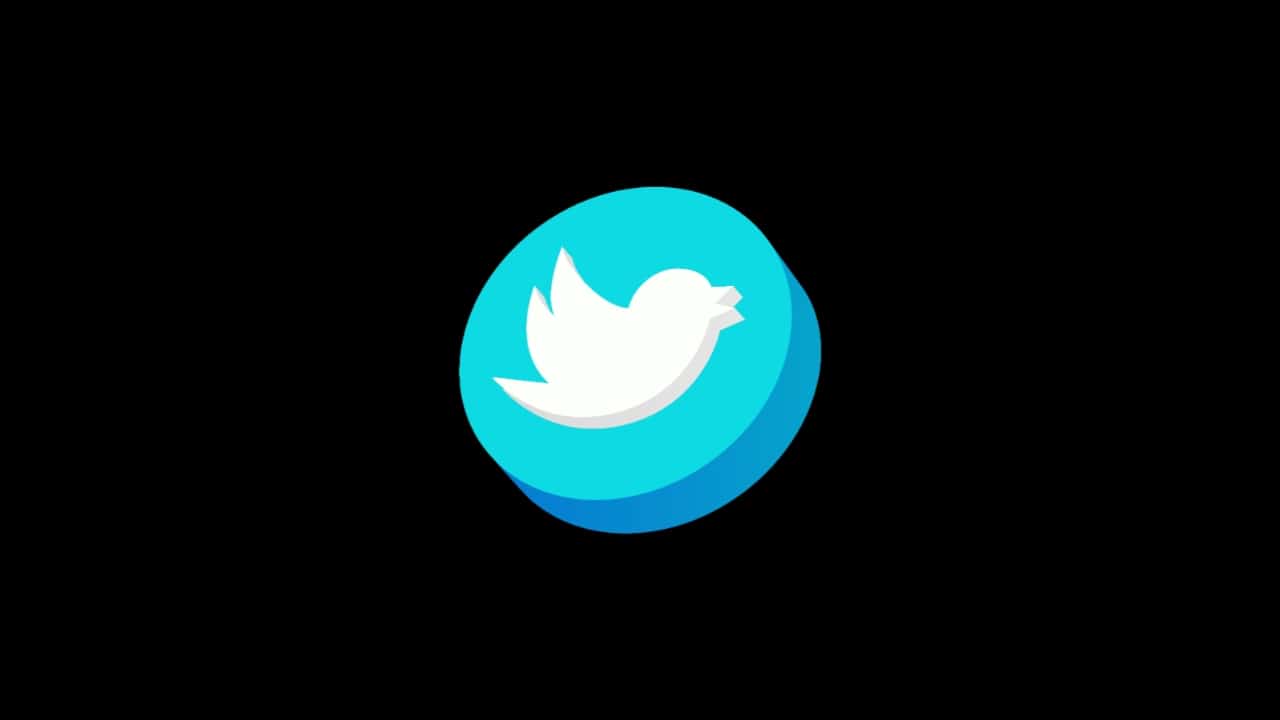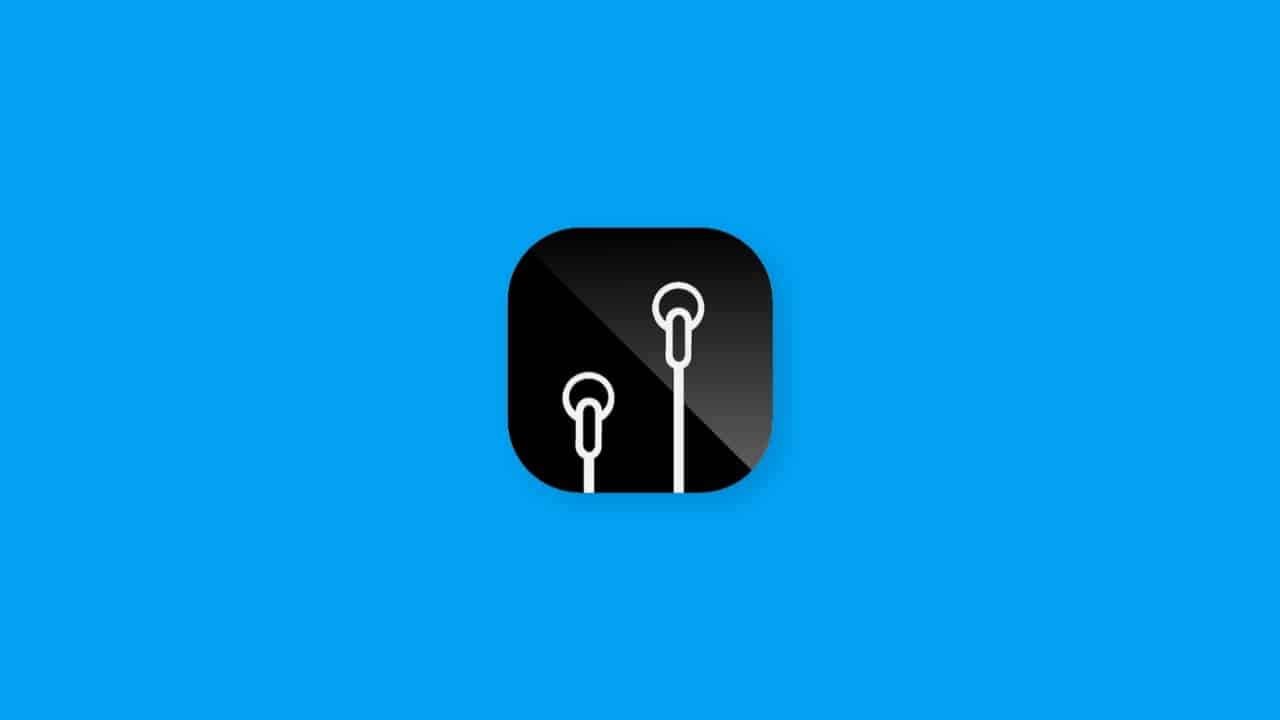Facebook, a social media giant, has undergone significant transformations since its inception in 2004. Whether you’re a business owner aiming to leverage Facebook for marketing or an individual looking to create a personal account, this comprehensive guide will walk you through the essentials of how to use this widely popular platform Facebook.
also read: How to Use WhatsApp: A Step-by-Step Beginner’s Guide
Facebook’s Evolution:
Facebook’s journey began as “The Facebook” in 2004, with a simple interface and limited features.
Since then, it has evolved into a dynamic platform, adapting swiftly to user needs and technological advancements.
As we delve into this guide, it’s essential to acknowledge how Facebook’s rapid evolution has shaped the way we connect and share information.
What is Facebook?
Facebook serves as an online platform connecting individuals through various content types like text status updates, images, videos, and external links. Users engage by reacting with likes, comments, and shares.
Businesses utilize Facebook Pages to engage with customers, target new audiences, and provide customer support.
Key Facebook Terms:
- Profile: Your personal information hub.
- Newsfeed: Displays friends’ posts and updates.
- Timeline: Personal record of shared and interacted posts.
- Algorithm: Determines content based on user preferences.
- Status/Post: Shared content on the newsfeed.
- Friends: Mutual connections with interaction.
- Followers: Individuals who receive your updates.
- Groups: Communities based on shared interests.
- Pages: Business profiles on Facebook.
- Events: Advertise and manage events.
- Messenger: Separate chat application.
- Story: Short-lived content visible for 24 hours.
- Notification: Updates on engagement.
Understanding Facebook’s Ecosystem:
To fully grasp how Facebook operates, it’s crucial to familiarize yourself with its ecosystem.
Facebook’s core components, such as the profile, newsfeed, and algorithm, play a pivotal role in shaping your experience on the platform. Let’s delve deeper into some of these components.
Profile:
Your Facebook profile is where your information resides. From your name and photo to your workplace and education history, your profile serves as your digital identity.
It’s customizable, allowing you to decide what information you want to share publicly.
Newsfeed:
The newsfeed is the heart of Facebook, displaying a curated stream of content from friends and pages you follow.
It’s where you engage with posts by reacting, commenting, and sharing. Understanding the algorithm that powers the newsfeed is key to maximizing your Facebook experience.
Algorithm:
The elusive Facebook algorithm is a series of computations that determine the content you see on your newsfeed.
It considers factors like dwell time, engagement, page likes, and more to tailor your feed to your preferences.
This personalized approach replaced the chronological timeline in 2011, providing a more user-centric experience.
Status/Post:
While the terms “status” and “post” are often used interchangeably, a “post” is the official term for content shared on the newsfeed.
It can include text, images, videos, and location details, enabling users to express themselves in diverse ways.
Friends and Followers:
Building connections on Facebook involves adding friends. Unlike some platforms where one can follow without reciprocation, Facebook requires mutual consent for friendship.
Additionally, the concept of followers allows individuals with more than 5,000 friends to have an extended audience without compromising privacy.
Groups:
Facebook groups provide a space for users with similar interests to interact. Admins have control over group settings, making it a versatile feature for community-building.
Pages:
Businesses leverage Facebook Pages to establish a presence on the platform. Pages function similarly to profiles but are tailored for organizations.
They offer advantages like connecting to Facebook for Business and running ad campaigns.
Events:
Facebook’s events feature allows users to create, promote, and attend events. Whether virtual or in-person, events provide a platform for social coordination.
Messenger:
While Facebook’s messaging functionality was initially part of the native app, it has evolved into a separate application called Facebook Messenger.
It facilitates one-on-one or group conversations.
Story:
Similar to Instagram, Facebook Stories are short-lived content pieces visible for 24 hours. Users and businesses utilize stories for timely updates and engagement.
Notification:
The notification system keeps users informed about engagement on their posts, friend requests, and more.
It’s represented by the bell icon and serves as a central hub for staying updated.
How Does Facebook Work?
Facebook operates on an algorithm that learns each user’s preferences and interests. The algorithm curates content such as images, status updates, and videos posted by friends and businesses.
The overarching goal is to encourage users to engage with, consume, and share content.
Understanding the Facebook Algorithm:
In the past, Facebook utilized a chronological timeline, displaying posts in the order of their recent sharing.
However, in September 2011, Facebook introduced a significant shift by replacing the chronological newsfeed with a personalized experience.
This algorithmic approach prioritizes content based on user preferences, ensuring a more engaging and relevant feed.
Navigating the Facebook Algorithm:
To make the most of your Facebook experience, it’s essential to comprehend how the algorithm functions.
It continuously refines content suggestions based on user interactions, including likes, comments, and shares.
The algorithm adapts over time, becoming more adept at predicting the type of content you’re likely to enjoy.
How to Use Facebook
Now that we have a foundational understanding of Facebook’s components and how the platform operates, let’s dive into a practical guide on using Facebook effectively.
1. Sign Up for a Facebook Account:
The journey begins with creating a Facebook account. Follow these three simple steps to establish your presence on the platform:
- Visit Facebook’s website.
- On the homepage, enter your first name, last name, mobile number or email, new password, birthday, and gender.
- Click Sign Up.
Creating an account sets the stage for your Facebook experience. It allows you to connect with friends, follow pages, and engage in a vibrant community.
2. Set Up Your Privacy Settings:
After creating your account, it’s crucial to tailor your privacy settings. This ensures that you have control over who can access your profile and information.
Follow these four simple steps to adjust your privacy settings:
- Click on the downward pointing arrow located on the top right corner of any Facebook page.
- Click Settings.
- In the left sidebar, select Privacy.
- Set who is allowed to see your past and future posts. You can also control how people can find and contact you.
Customizing privacy settings is a proactive step in managing your online presence. Whether you prefer a more private or public profile, Facebook provides the flexibility to align with your comfort level.
3. Personalise Your Profile:
Your Facebook profile is an extension of your identity. Personalizing helps friends and family recognize you and adds a personal touch to your online presence. Let’s explore two essential aspects of profile personalization:
Picking a Profile Picture:
- – Go to your profile and click on your profile picture.
- – Choose a photo that you’re already tagged in on Facebook, one that you’ve uploaded to Facebook, or a photo from your computer. You can also add a frame to your profile picture.
Updating Your Profile:
- Click the About section on your profile page.
- In this section, you can fill in information about your work and education, the places you’ve lived, contact and basic info, family and relationships, details about you, and life events.
Personalizing your profile not only adds a human touch to your online presence but also helps friends and family connect with you more easily.
4. Like and Follow Public Pages:
Facebook allows you to stay updated on your favorite brands, celebrities, sports teams, and publications. Following public pages ensures their updates appear in your news feed.
Here’s how you can do it:
- Search for your favorite brands, celebrities, or pages of interest on Facebook.
- Like or follow their public page, indicated by a blue verified checkmark next to their name.
- Once you’ve liked or followed the page, their updates will start appearing in your news feed.
This feature transforms your news feed into a diverse stream of content, catering to your varied interests.
5. Review Your Timeline:
Your Facebook timeline is a digital log of your activity, displaying your status updates, uploaded photos and videos, and the photos you’re tagged in.
It’s your record on the platform. To navigate your timeline:
- Check your activity log in reverse chronological order.
- See your status updates, uploaded photos and videos, and the photos you’re tagged in.
Reviewing your timeline allows you to reflect on your past activities and interactions on Facebook.
6. Add Friends on Facebook:
Connecting with friends is a fundamental aspect of the Facebook experience. There are three ways to add friends:
- Search for Friends: Use the search bar to find friends on Facebook.
- Find Friends Tab: Go to your profile, select the Friends tab, and tap the Find Friends button. You’ll see friend requests from others and suggested people you may know.
- Import Contacts: Upload a list of contacts from your email, iCloud, or phone.
Building a network of friends enhances your Facebook experience by enabling you to share and engage with a broader audience.
7. Post on Facebook:
The essence of Facebook lies in sharing your experiences, thoughts, and updates with friends and family.
Posting on Facebook involves creating status updates, sharing photos and videos, and engaging with your network.
Here’s how you can post:
- Go to the text box at the top of your news feed page or on your profile page.
- Share text, images, videos, GIFs, stickers, and links.
- Explore different post types, such as Feeling/Activity, Check In, Tag Friends, Tag Event, Ask for Recommendations, Poll, Support Nonprofit, Answer a Question, Lists, and Facebook Stories.
Your posts contribute to the dynamic conversation on Facebook, fostering connections and sharing your life with others.
8. Add Photos and Videos:
Facebook provides a platform to showcase your visual experiences. You can add photos, videos, and albums, and even engage in live video broadcasts.
Here’s how you can do it:
Uploading Photos or Videos:
- Go to your Profile.
- Select the Photos tab.
- Select Add Photos/Video.
Creating Photo or Video Albums:
- Go to your Profile.
- Tap the Photos tab.
- Tap Create Album.
- Upload pictures or videos from your computer.
Facebook Live:
- To do a live broadcast on your Facebook account, select Live Video.
- Write a description about your broadcast, tag people, add a feeling or activity, check in to an event, support a non-profit, or add a poll.
- Select Go Live when you’ve finished describing your live broadcast.
Sharing visual content adds a personal touch to your Facebook presence and allows friends to engage with your experiences.
9. Connect with Friends on Your News Feed:
Your news feed is a curated stream of posts from friends, family, or public pages you follow. Interacting with them involves liking, commenting, and sharing content.
Here are ways to connect:
- Like, Comment, or Share: Express your reaction to a friend’s post by liking it, commenting on it, or sharing it.
- Other Reactions: Hold down the Like button to express love, laughter, amazement, sadness, or anger.
- Sharing Content on Friends’ Timelines: Anything you post on your status can also be shared on a friend’s timeline.
Engaging with your network fosters a sense of community and keeps you connected with friends’ lives.
Facebook Messenger:
To chat with friends or public pages on Facebook, use Facebook Messenger. You can access it by tapping the Messages button at the top right corner of any Facebook page or selecting the Messages button on the left sidebar of the home page.
Messaging Friends:
- Select New Message.
- Type in your friend or brand’s name.
- Create group chats by clicking on New Group.
Messenger Features:
- Upload pictures, videos, and files.
- Use stickers, GIFs, and emojis.
- Take pictures and videos from your device’s camera.
Messenger enhances your communication, providing a dedicated space for private or group conversations.
Phone and Video Calling:
- When you have Messenger open on its page, search for friends or groups.
- Click on their name and tap the phone or video chat button to call them.
Phone and video calling add an extra layer of connection, allowing real-time interaction with friends.
10. Review Your Newsfeed:
Your news feed is a curated feed of posts from friends, family, and public pages you follow.
Customizing your news feed allows you to prioritize whose posts you see first, unfollow people and groups, reconnect with unfollowed accounts, discover public pages, and hide apps.
Customizing Your News Feed:
- Tap the downward-pointing arrow in the upper right corner of any Facebook page.
- Tap News Feed Preferences.
Customizing your news feed ensures that you see content that matters most to you, enhancing your overall Facebook experience.
11. Discover Additional Facebook Features:
Facebook extends beyond a platform for viral content; it encompasses various features for community communications, video streaming, marketplaces, and games.
Events:
- The Events page on Facebook displays upcoming events popular among your friends or organized by groups you belong to.
- Access the Events page by selecting the Home button and navigating to the Explore section.
Groups:
- – The Groups page on Facebook shows groups you manage and belong to.
- – Access the Groups page by tapping the Home button and clicking Groups.
Facebook Watch:
- On the Facebook Watch platform, watch videos from shows you’re following and explore other shows and videos.
- Access Facebook Watch by selecting the Home button and finding it under the Marketplace button.
Marketplace:
- Facebook Marketplace allows browsing and buying/selling products locally.
- Access Marketplace by selecting the Home button and finding it under the Watch button.
Games:
- Facebook Games hosts a collection of popular games you can play alone or with friends.
- Browse games by top charts and categories.
Exploring these features adds layers to your Facebook experience, offering opportunities for entertainment, community engagement, and more.
Wind Up
This comprehensive guide provides a detailed roadmap and helps you to figure out how to use Facebook effectively.
From understanding the platform’s evolution to mastering key terms, leveraging the algorithm, and exploring practical steps, you now have the tools to make the most of your Facebook experience.
Whether you’re connecting with friends, exploring diverse content, or utilizing advanced features, Facebook offers a rich tapestry of possibilities.
By following this guide, you’re well-equipped to traverse the dynamic landscape of one of the most popular social media platforms, Facebook.















